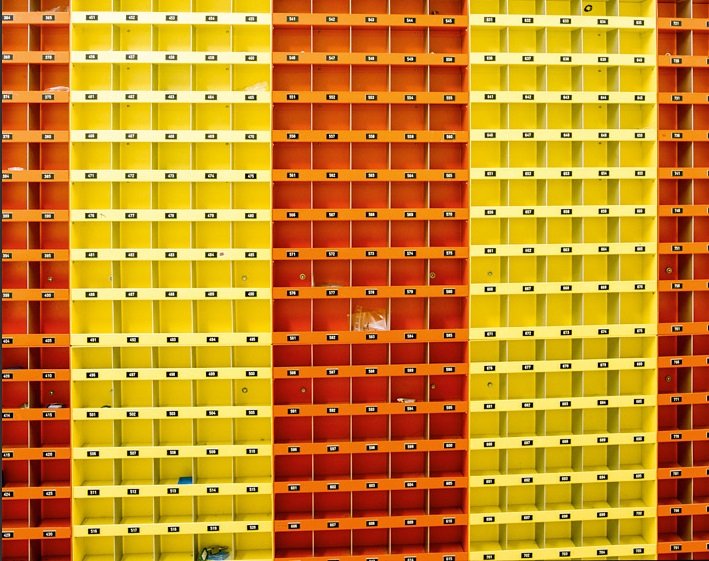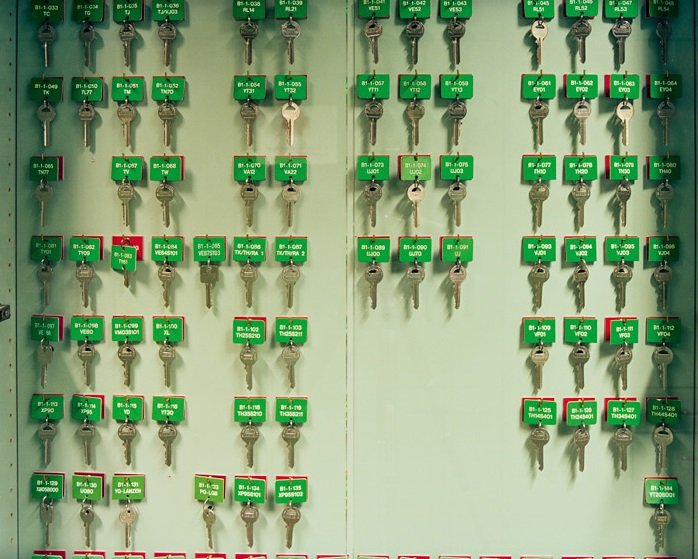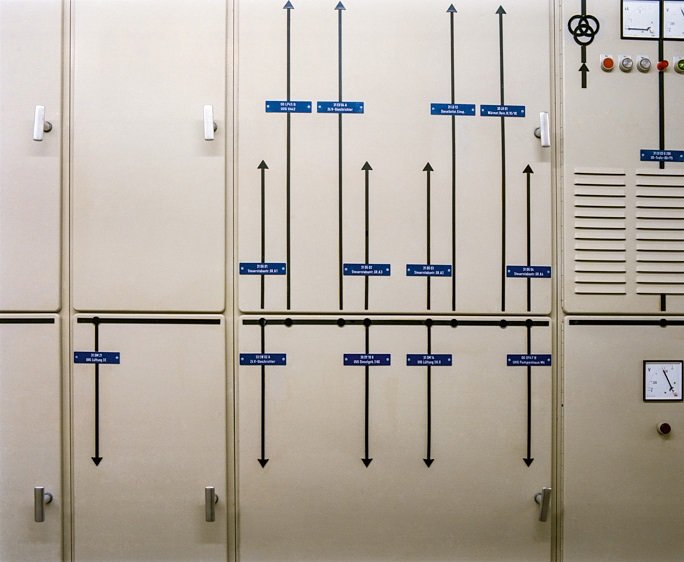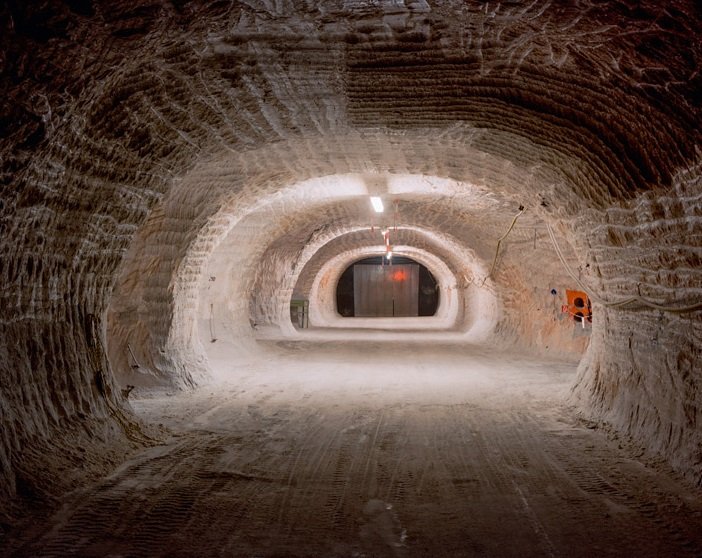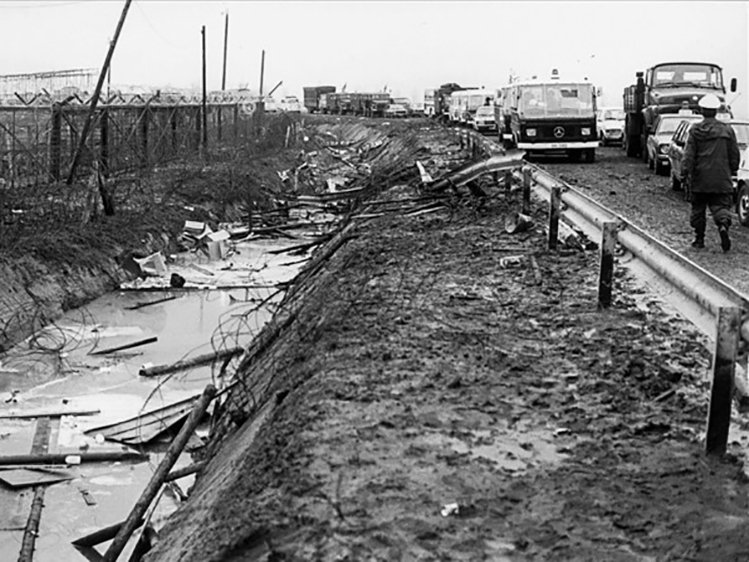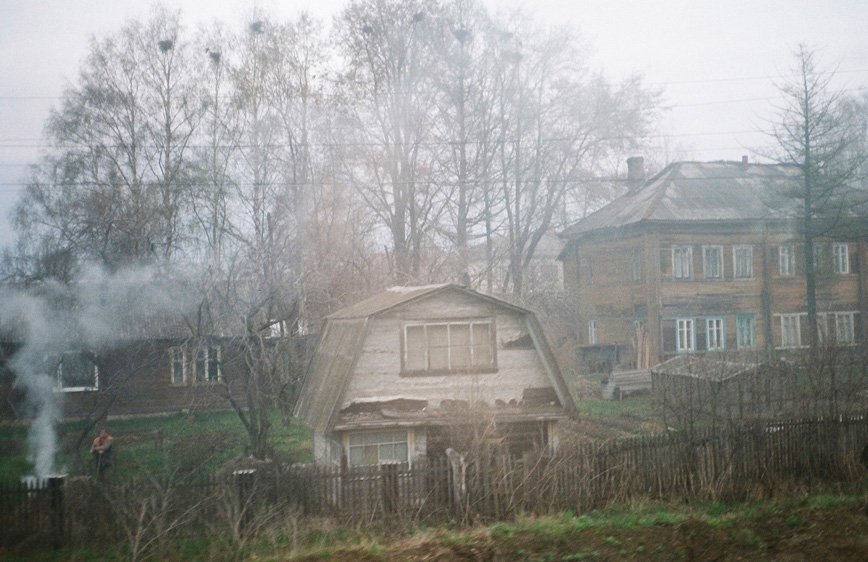Germany –
Photographer Photography feature – Michael Danner documents in his body of work Critical Mass the architecture, everyday routine, and security sys- tems of all 17 German nuclear power plants, as well as the ra- dioactive waste repository Asse II and the Gorleben explorato- ry mine. High hopes and deep skepticism have accompanied the use of nuclear power up to the present day. In the euphoric mood that prevailed in the 1950s, everything seemed possible; people took part in an unprecedented economic upswing and found nuclear energy to be a fascinating technology of the fu- ture. But in the 1980s the optimism of the years of boom gave way to a skepticism that was further fueled by the catastrophic nuclear accident in Chernobyl. Anti-nuclear activism has now shaped the political consciousness of a whole generation. And the disaster in Fukushima in 2011 heralded yet a new era in the debate – it seems that a nuclear phase-out in the medium-term is now inevitable. However, the issue of the final disposal of ra- dioactive waste is still unresolved.
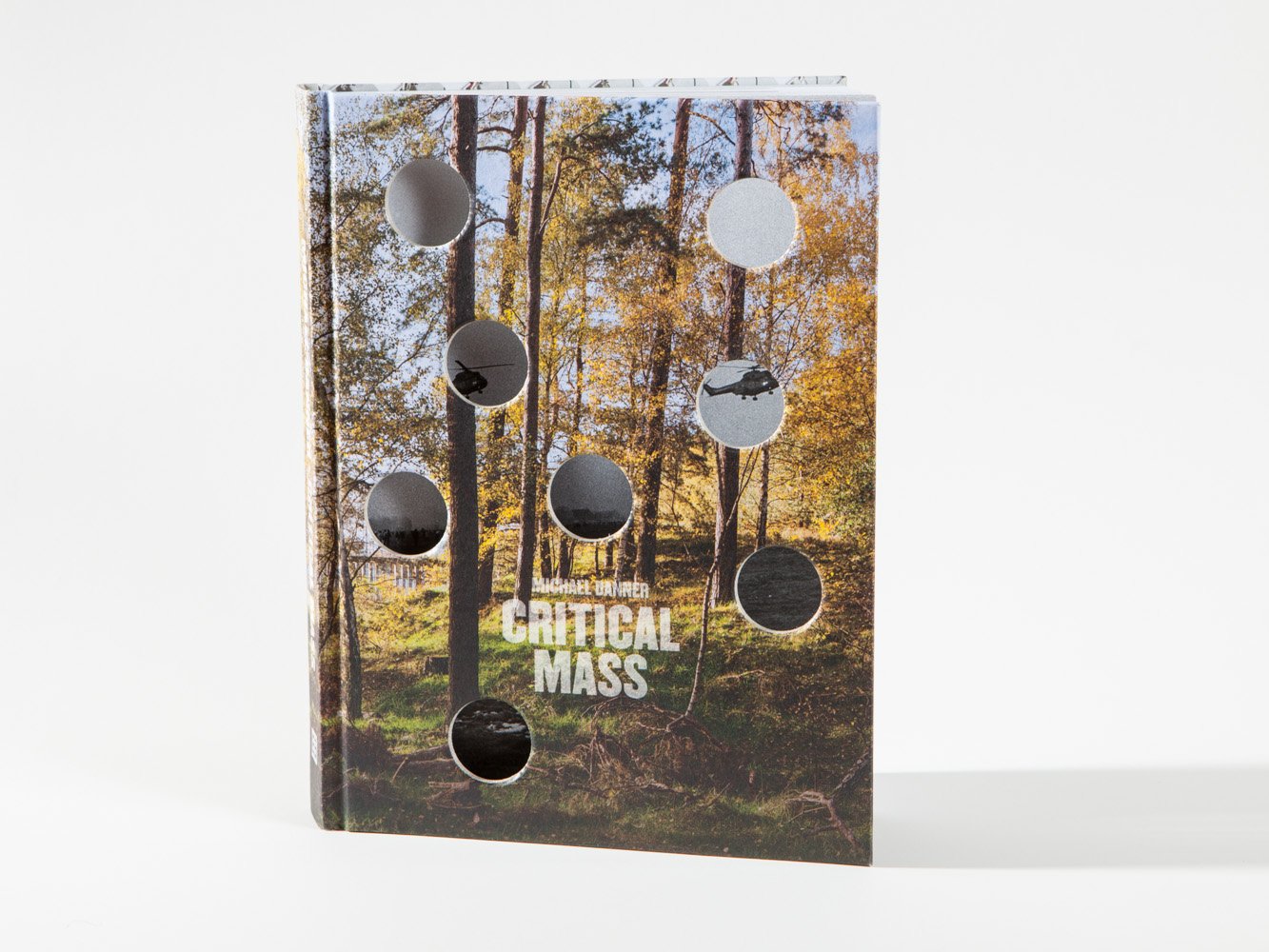
Danner’s pictures give us a rare glimpse behind the scenes of the power plants, showing areas that are normally off-limits. His se- ries is accompanied by historical photographs and texts that do- cument the planning and construction phases of the plants and visualize the social tensions. The layout of the book and the cut through the front cover refer to the interaction of the present time and the past and the conflict between nuclear power op- ponents and the authorities.
»Danner’s series of images follows the clear narration of gradu- ally moving from the outside to the inside. We approach the nu- clear power stations from a distance and then are led closer to the buildings, traversing entrance areas fitted with airlocks, stepping into changing rooms and taking detours to offices, canteens, gyms and exercise rooms, medical examination rooms and training rooms, and finally arrive at the control centres. Additional airlocks grant passage into the machine room and, finally, we enter the innermost, arcane area of the reactor itself, the steel ball in which the actual reactor containing the fuel rods is located.«
Susanne Holschbach




